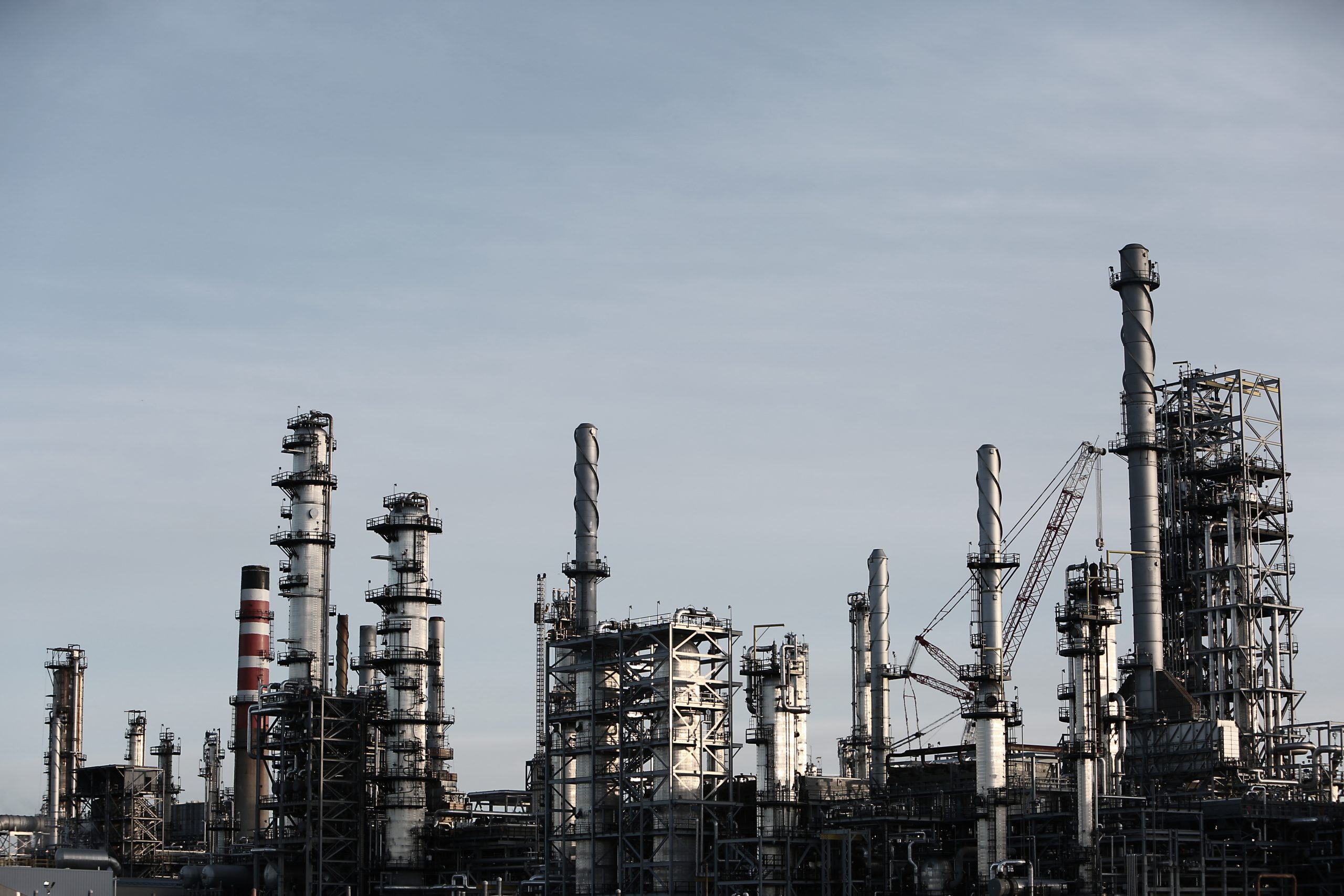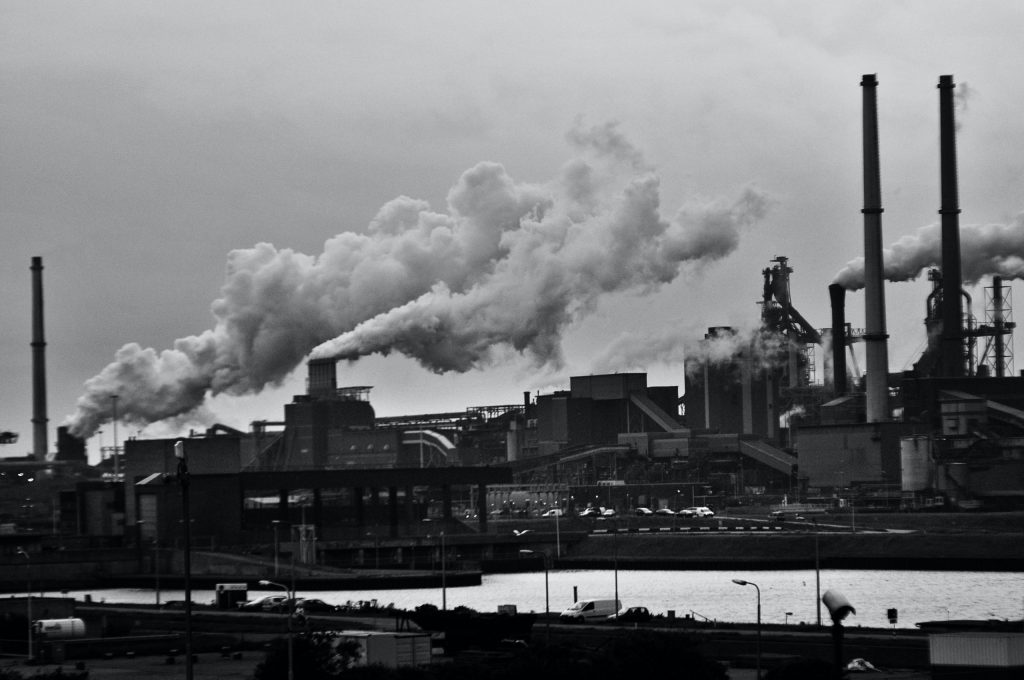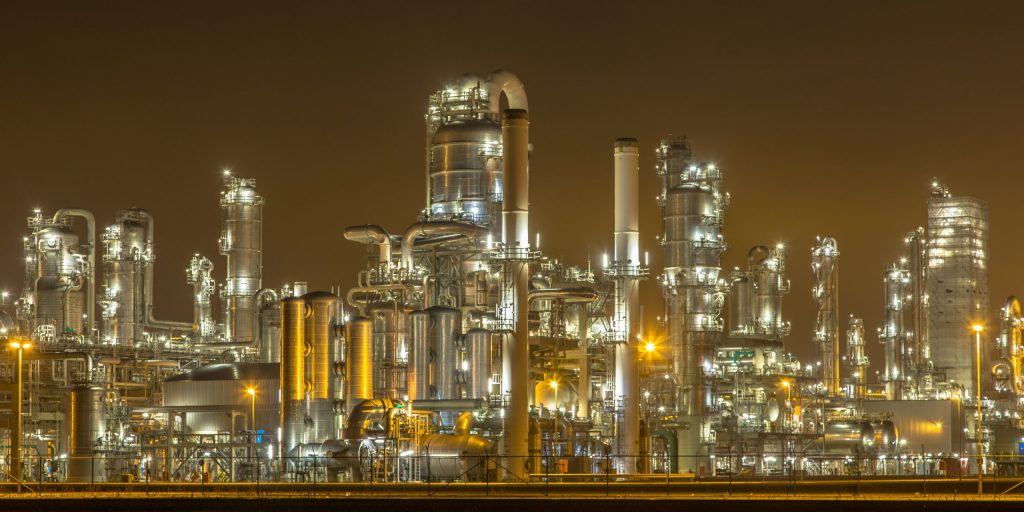The industries are constantly looking for the maximum reduction in their operating costs, aiming at maximum profitability in their processes. Since the rise of digital transformation and the popularization of technologies that have revolutionized the way industries work, much can be done about process optimization for greater performance.

Discover in detail the main changes that digital transformation has brought to the industrial scenario, click and access!
With the cheapness of microchips and sensors and advances in the improvement and development of calculation and performance capacity, technologies such as IoT (Internet of Things), Artificial Intelligence and Cloud Computing started to be incorporated in the industries. These technologies began to be increasingly present in many equipment, machines and different types of components within the plants.
From that, there was what can be called digitalization of information, large volumes of data started to be captured by means of sensors and stored in the cloud, providing the interconnection of information and activities from various fronts within the operations.
DATA INTERCONECTIVITY AND PROCESS AUTOMATION
The fourth industrial revolution made it possible to digitalize and automate tasks, processes that were previously done manually, that require a lot of time, and were subject to operational failures, today they are now done digitally with greater precision and less execution time.
The interconnection of various data within an industrial operation brought two major advantages to the process: Accessibility and Sharing.

With the adoption of cloud systems for data control and storage, operators and managers can easily access relevant information anywhere and anytime, via cell phones or tablets.
In addition, these cloud systems make it possible for important data to be shared quickly, thus creating a flow of collaboration between teams.
Both Accessibility and the sharing of relevant information between teams, result in more efficient strategic decision making, as all insights are based on a database of accurate information and, in many cases, is fed with real time data by IoT sensors installed in industrial assets.
Understand everything about how IoT technology has established itself as one of the main agents of digital transformation in industries. Click here and access a special material that will revolutionize your understanding of this technology.
CONTROL OVER ASSETS AND 3D MODEL
Certainly the automation and interconnectivity of data within industrial plants has brought significant gains on asset management and control, ensuring greater security and better results.
3D models were tools that enabled greater control over the integrity of industrial assets. Through them the crucial information about the real state and simulation of possible scenarios, of the most diverse assets can be visualized in a simple and fast way. The ease of accessing this information through 3D models is one of the most important advantages for industries considered complex, such as those of Oil, Gas, Mining and Offshore.
Industries like these need to control and monitor several complex variables under different scenarios, to ensure the continuous functioning of their operations. Executing inspection and maintenance plans manually within this type of plant is a task that, in addition to taking a long time, may not always obtain the most accurate results in view of the large amount of assets to be monitored, an Offshore can easily exceed the number 500,000 assets to be inspected, and the slightest failure can lead to long interruptions in the extraction line.

Digitalization, interconnection and data sharing between machines revolutionized activities that were performed manually, such as inspection and maintenance. Today, industries are implementing cloud systems in their processes capable of collecting, gathering and storing the information of an operation, ensuring greater agility and precision when designing inspection plans that involve greater complexity.
There are also systems capable of gathering customizable attributes according to the different scenarios according to the specific needs of each industry. Through specialized software it is possible to draw up inspection and maintenance plans, establishing the necessary steps for each phase in the execution of the plan, replacing the spreadsheets and stacks of documentation with information that is quickly shared with operators through tablets and cell phones.
Still, it is also possible to access information on material cost and time of execution of tasks, enabling the prediction of budget and complexity of the activity in question.
Data interconnection and process automation is already part of the routine of the most diverse industries in the most diverse segments. There is a race to implement and adapt to cloud systems and specialized software, so that industries continue to maintain their competitive position in the market, ensuring lower operating costs, greater precision in the execution of tasks with reduced time, providing greater control over difficult variables, life cycle and asset integrity.
Certainly, the implementation of systems that allow the automation of processes will guarantee greater performance and better return on investment, a primary objective of many industries.
If you want to better understand what are these systems and software that are revolutionizing industrial processes click here and access content that will help you to understand in detail their operation and advantages.



